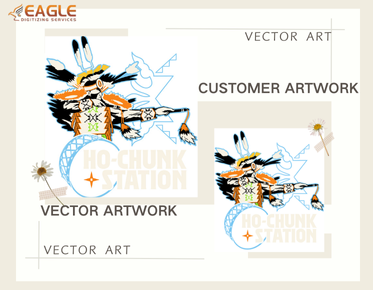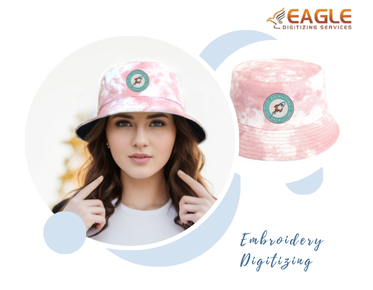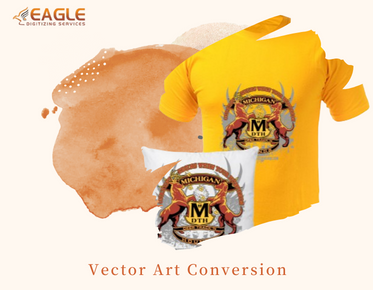Integrating Vector Logos on Raster Images
In today's dynamic digital landscape, the fusion of vector and raster graphics has become increasingly common. Whether you're a designer working on a complex project or a business looking to enhance brand visibility, understanding how to effectively integrate vector logos on raster images is crucial.
Understanding the Difference: Vector vs. Raster
Vector and raster graphics represent two fundamentally different approaches to digital imaging. Vector graphics are composed of paths defined by mathematical equations, enabling them to be scaled infinitely without loss of quality. This is what makes them ideal for logos and branding — their clarity and consistency remain intact across various mediums【4:0†source】.
The Challenges of Raster Images
In contrast, raster images are made up of pixels and are resolution-dependent. This means that enlarging a raster image can result in pixelation, causing the image to lose clarity and appear blurry. Common formats like JPEG and PNG fall into this category, making them suitable for detailed imagery such as photographs but less so for design elements that need scalability, like logos.
Blending the Two: Vector Logos on Raster Backgrounds
Despite the different natures of vector and raster formats, using a vector logo on a raster image offers unique advantages. This blend allows you to maintain the sharpness and clarity of your brand identity while integrating it into detailed and complex visual contexts provided by raster imagery. One approach to achieve this effective combination is through raster to vector conversion techniques【4:1†source】.
Workflow for Successful Integration
To integrate a vector logo into a raster image successfully, consider the following workflow:
- Design with Layers: Use layers to keep the vector logo separate from the raster elements. This allows for easy editing and adjustments without affecting the rest of the image.
- Use High-Resolution Raster Backgrounds: Start with high-resolution raster images to prevent pixelation issues when compositing your final design.
- Software Compatibility: Ensure that your design software supports both vector and raster editing. Applications like Adobe Photoshop and Illustrator are excellent for this purpose as they can handle both file types simultaneously.
Leveraging Professional Services
For those who may not have the time or expertise to handle these integrations themselves, professional services like Eagle Digitizing offer vector logo conversion and raster to vector services. By outsourcing this aspect, businesses can ensure their graphics are handled by experts, ensuring top-notch quality and quick turnaround【4:2†source】.
Eagle Digitizing excels in converting complex raster images into clean, scalable vectors that preserve the essence of the original artwork while providing the flexibility of a vector format. This ability is especially useful for companies seeking to enhance the visual appeal of their logos across various platforms and mediums.
Creative Applications and Use Cases
The integration of vector logos on raster images opens up a wide array of creative possibilities. From print media to digital advertising, such integrations can enhance visual storytelling and brand representation. For instance, a crisp vector logo can make an impactful presence atop a rich, vibrant photographic background in a magazine ad or social media post.
Future Perspectives
As technology continues to evolve, the distinction between vector and raster graphics may become less pronounced. Emerging tools and techniques are improving the ways these two formats can be used together more seamlessly. Designers and businesses that embrace these innovations stand to gain by creating more dynamic and visually appealing content.
Looking forward, one question remains: How will emerging technologies further bridge the gap between these two graphic worlds, enabling even more integrated and elegant visual solutions?



